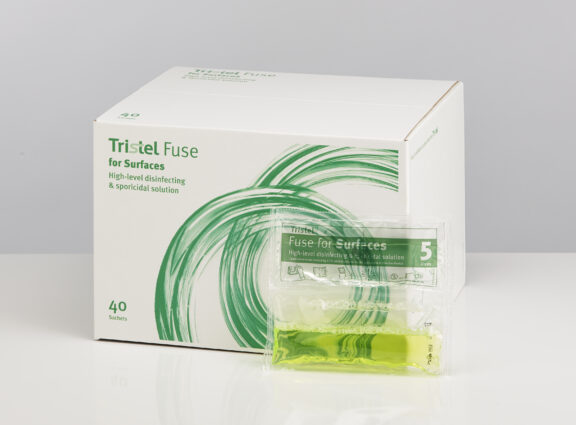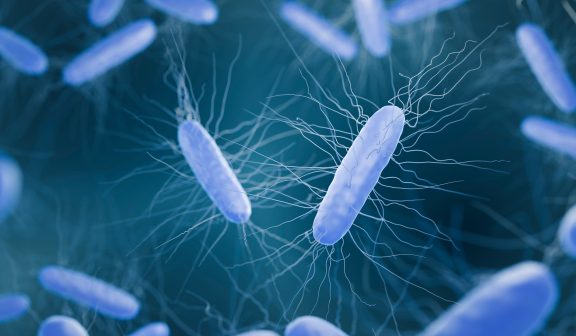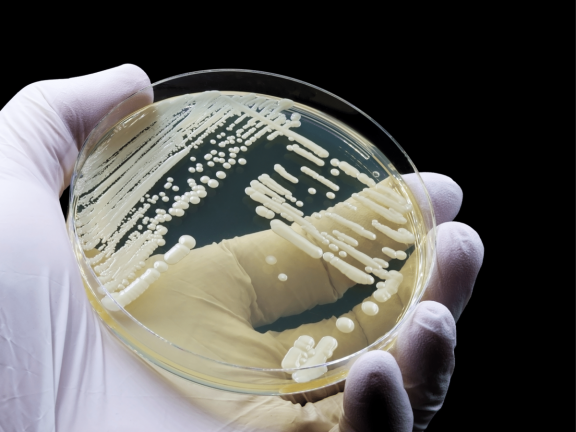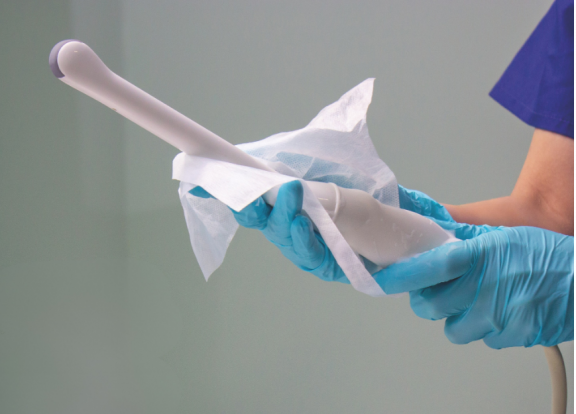
High-level disinfection (HLD) is essential in healthcare to prevent healthcare-associated infections (HAIs) and combat antimicrobial resistance (AMR).
HAIs can lead to serious illness, prolonged hospital stays, and increased healthcare costs, often originating from contaminated medical devices or surfaces. By eliminating most pathogens, including resistant microorganisms, HLD plays a critical role in reducing transmission risk. But not all disinfectants are created equal. For decades, chlorine-based products have been widely used for surface disinfection. However, growing evidence highlights their limitations of safety, practicality, and by-product formation. This is where chlorine dioxide (ClO2) enters the conversation as a more effective alternative.
The Reason Chlorine Dioxide Is Often Compared to Chlorine
The main similarity between chlorine and chlorine dioxide is that both are oxidisers. They react with microorganisms vital structures by taking electrons, damaging cell walls, altering chemical bonds in key proteins, and ultimately destroying the organism. However, despite sharing part of their name, chlorine and chlorine dioxide are chemically very different.
Chlorine dioxide is a compound that differs from elemental chlorine, both in its chemical structure and in its behaviour¹. The properties of ClO2 result from single-electron transfer reactions, making it a strong oxidising agent. Unlike chlorine, ClO2 does not tend to react with organic materials to form chlorinated species or with ammonia to form chloramine¹. This means it avoids the formation of potentially harmful by-products commonly associated with chlorine-based disinfectants.
Its main advantage over chlorine is that it reduces the formation of harmful organochlorine compounds¹. In fact, research shows that ClO2 reduces the formation of trihalomethanes and other organic chlorinated compounds, minimising the production of by-products and offering a safer profile for healthcare environments2.
Chlorine dioxide is also about 10 times more soluble in water than chlorine1, making it easier to prepare and use consistently.
Performance and Practicality: Why It’s Time to Rethink Chlorine Tablets in Healthcare
While both chlorine and chlorine dioxide are oxidisers, their effectiveness is not directly comparable by concentration (ppm) alone. Chlorine dioxide has a lower oxidation potential but a higher oxidative capacity, making it a more efficient molecule for disinfection.
A 2017 UNISON survey of healthcare workers using chlorine-based products reported common side effects:
- Headaches: 43%
- Asthma-like symptoms: 52%
- Irritation to eyes: 41%
- Nasal discomfort: 34%
- Throat irritation: 41%
- Skin complaints: 59%
Chlorine tablets often present challenges:
- Complicated preparation, including tablet counting and dilution calculations.
- Health risks when used at high concentrations needed for high-level/step-up disinfection.
- Potential damage to surfaces and sensitive medical equipment.
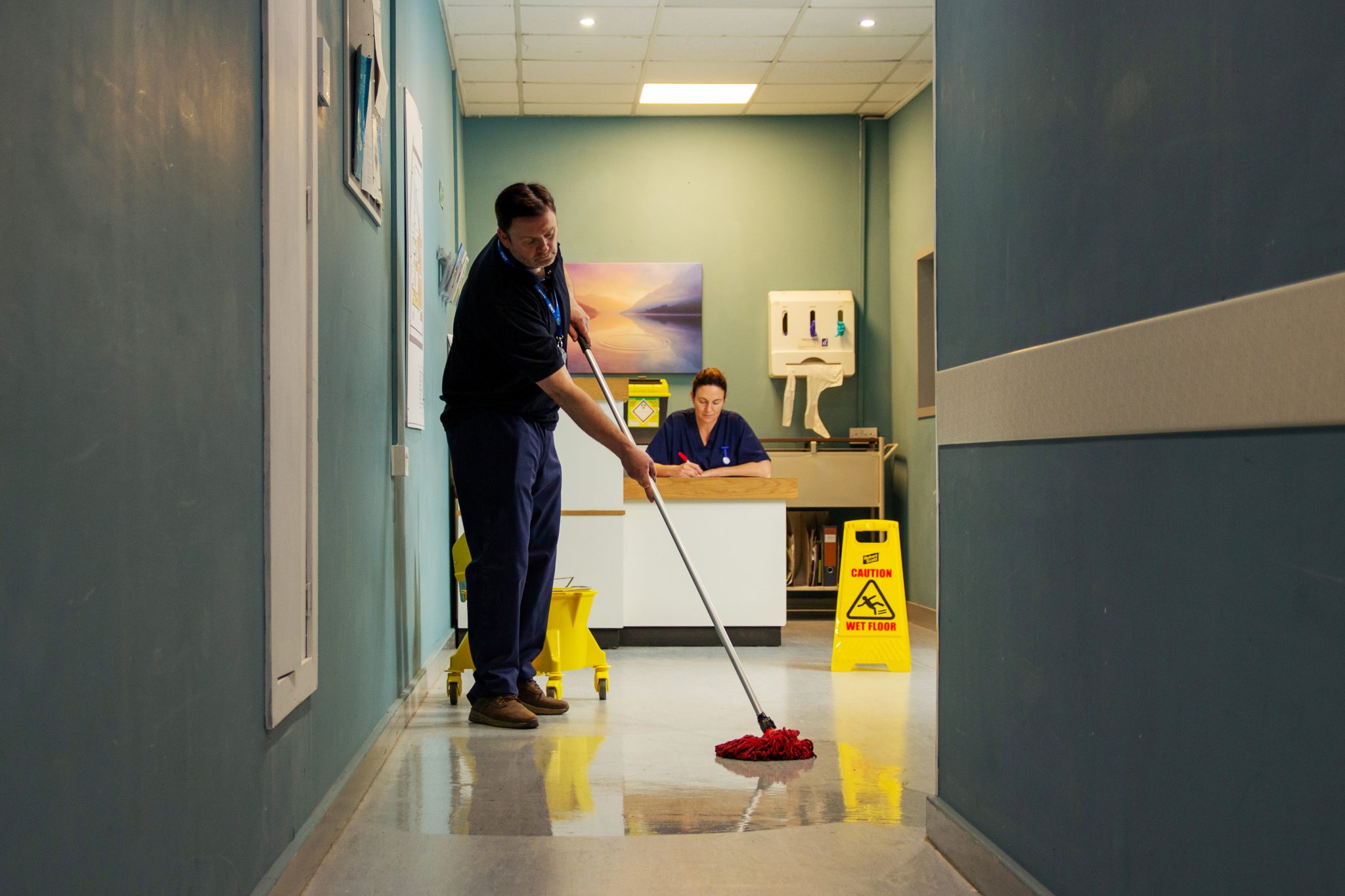
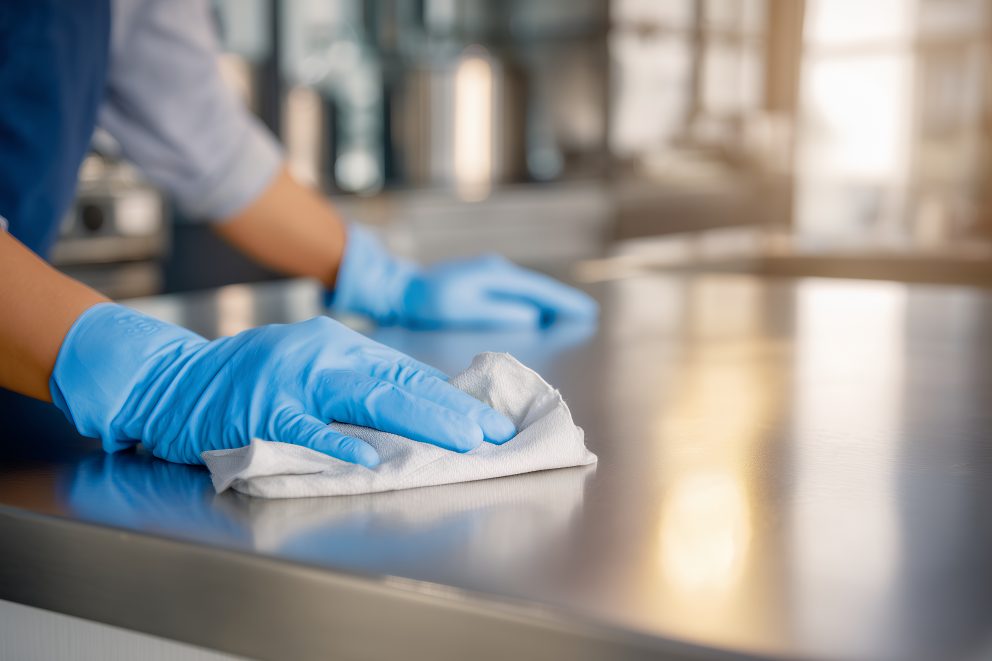
What Sets Chlorine Dioxide Apart from Chlorine?
Tristel’s chlorine dioxide offers sporicidal, high-level disinfection whilst delivering consistent results with one contact time and one dilution rate against microorganisms of concern.
Additionally, ClO2 has a higher oxidising power (over 2.5 times) than chlorine-based disinfectants2. These characteristics make ClO2 internationally recognised as the most ideal replacement for chlorine disinfectants2.
| Active chemistry | Disinfection level | One contact time? | MEC sporicidal action | Dilution per 5L of solution |
|---|---|---|---|---|
| Tristel ClO2 | High | Yes | 100 – 200 ppm | 1 sachet |
| Chlorine (Cl2) | High | No | 5000 ppm | 25 – 50 tablets |
References:
1 Andrés, CMC, Lastra, JMP de la, Andrés Juan, C, Plou, FJ & Pérez-Lebeña, E (2022). “Chlorine Dioxide: Friend or Foe for Cell Biomolecules? A Chemical Approach.” International Journal of Molecular Sciences, 23(24), 15660.
2 Jiang, Y., Qiao, Y., Jin, R., Jia, M., Liu, J., He, Z. & Liu, Z. (2024). “Application of chlorine dioxide and its disinfection mechanism.” Archives of Microbiology, 206(10). https://doi.org/10.1007/s00203-024-04137-7

